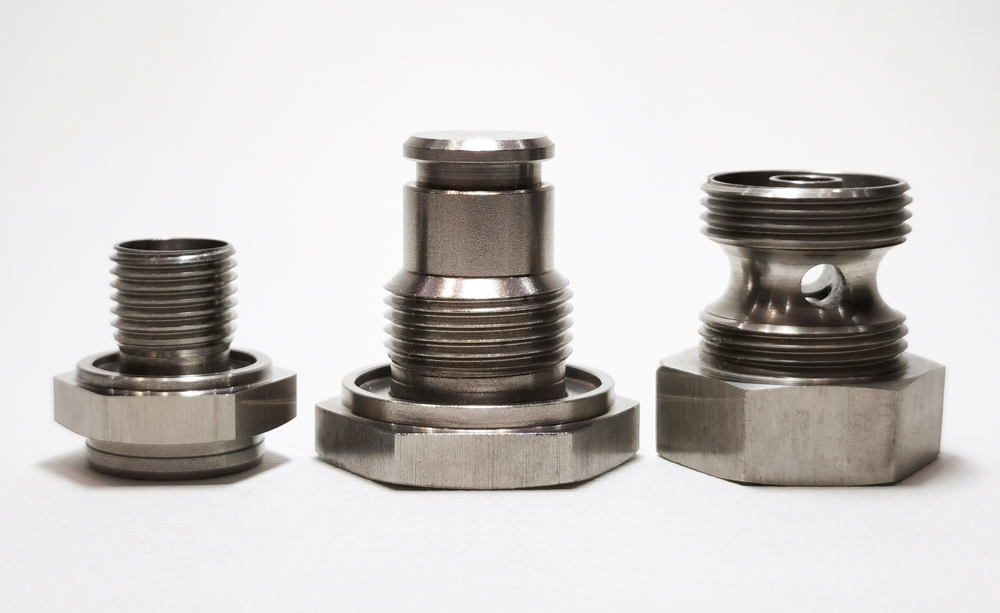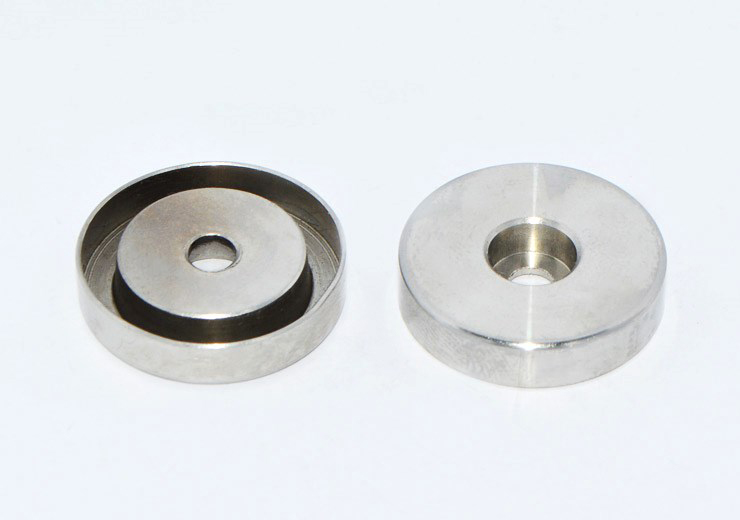As an indispensable basic process in mechanical manufacturing, lathe machining relies on strictly following standardized operating procedures for precision and efficiency. The birth of every qualified product embodies the operator's rigorous steps and focused spirit.

Pre-Machining Preparation
Adequate preparation before machining is the cornerstone of safety and the prerequisite for precision. Operators need to carefully read drawings and technical documents to clarify machining requirements. Then, check whether all parts of the lathe are in good condition and whether the lubricating oil level is normal, and run the lathe without load for a while to confirm there are no abnormal noises or faults. Next, select and firmly install chucks, tool rests, and cutting tools correctly according to the workpiece material and machining requirements to ensure reliable clamping. At the same time, wear safety glasses and strictly abide by safety regulations.

Workpiece Clamping and Tool Setting
Clamping and tool setting are the key starting points for shaping the workpiece. Securely clamp the blank workpiece on the chuck; for longer workpieces, a tailstock center is also needed to enhance stability. Start the lathe for rough machining to quickly remove most of the allowance. Then perform finish machining: through precise tool setting, trial cutting, and measurement, gradually bring the workpiece's diameter, length, and surface finish up to the requirements in the drawings. This process tests the operator's patience and skills—every fine adjustment is related to the final quality.
Post-Machining Finishing Work
The finishing work after machining is equally crucial. First, stop the lathe, then disassemble the workpiece to avoid hazards. Use measuring tools to conduct a final inspection of the finished dimensions to ensure full compliance with standards. Finally, clean the chips from the lathe, wipe the guide rails and tool rest, and lubricate and maintain relevant parts to prepare for the next efficient and precise machining process.
These rigorous, interlocking steps are not only a manifestation of technology but also an inheritance of the craftsman's spirit, ensuring that every product can stand the test of quality.